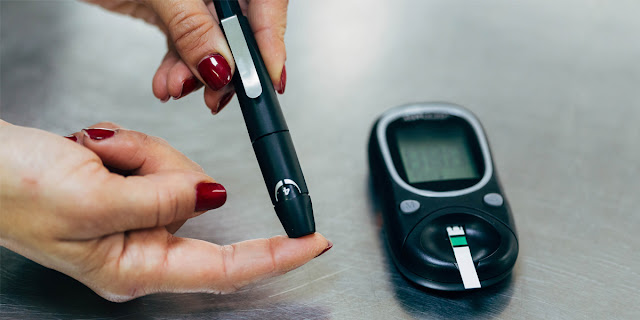In-Vitro Diagnostics Market Is Estimated To Witness High Growth Owing To Opportunity Of Rising Demand For Point-Of-Care Testing
 |
| Self Testing Market |
In-vitro diagnostics products offer non-invasive solutions for various diagnosis procedures. Products such as glucose monitoring kits, pregnancy test kits, ovulation prediction kits, COVID-19 test kits, and others can diagnose medical conditions from the samples collected non-invasively. Rising incidence of lifestyle diseases such as diabetes and growing demand for easy to use point-of-care testing solutions for preventative healthcare are propelling the growth of the market.
The
global in-vitro diagnostics market is estimated to be valued at US$ 89,432.58 million in 2023 and is
expected to exhibit a CAGR of 4.9%
over the forecast period 2023-2030, as highlighted in a new report published by
Coherent Market Insights.
Market Opportunity:
Rising demand for point-of-care testing is driving the growth of the self-testing
market. Point-of-care testing enables convenient medical testing and quick
results without visiting laboratories. It allows testing to be performed near
the patient with quick turnaround. This has been fueling the adoption of
in-vitro diagnostic kits that can be used for point-of-care testing at homes,
clinics, hospitals, and other locations. The growing preference for easy to use
self-testing kits is propelling the demand for point-of-care diagnostic
solutions among consumers and healthcare providers. Manufacturers are focusing
on developing accurate, portable, and easy to use point-of-care testing
products, which is expected to offer lucrative growth opportunities for players
in the in-vitro diagnostics market over the forecast period.
Porter’s Analysis
Threat of new entrants: New entrants
face high initial costs to manufacture quality self-testing products and build
reliable distribution networks. Established brands have significant customer
loyalty and economies of scale.
Bargaining power of buyers:
Individual consumers have high bargaining power as they can choose from various
available alternatives. However, bulk buyers like retailers face lower threat
as it is difficult for them to switch between suppliers due to significant
switching costs.
Bargaining power of suppliers: Major
suppliers of raw materials have consolidated over time increasing their power
against consumers. However, availability of substitutes acts as a constraint.
Threat of new substitutes: Threat of
substitutes is moderate as alternatives offer differentiated features. However,
disruptive technologies can increase competition.
Competitive rivalry: The market is
highly fragmented with established brands competing on innovation, quality, and
price.
SWOT Analysis
Strengths: Growing health awareness.
Rapid development of easy-to-use testing kits.
Weaknesses: Accuracy concerns of
some products. Lack of standardization increases confusion.
Opportunities: Untapped rural
markets in developing nations. Rising incidence of lifestyle diseases.
Threats: Stringent regulations.
Reimbursement issues impact demand.
Key Takeaways
The Global
Self-Testing Market Analysis is expected to witness high growth driven
by the increasing prevalence of chronic and infectious diseases globally. The
global in-vitro diagnostics market is estimated to be valued at US$ 89,432.58
million in 2023 and is expected to exhibit a CAGR of 4.9% over the forecast period 2023-2030.
North
America dominated the market owing to rising health awareness and easy
availability of products in the region. However, Asia Pacific is likely to
exhibit the fastest growth due to improving access to diagnostic services and
growing medical spending in populous countries such as China and India.
Key players operating in the self-testing market are Amcor Limited, Bemis
Company Inc., Sealed Air Corporation, Tetra Laval International SA, Mondi Plc.,
Sonoco Products Company, Cargill Incorporation, Graham Packaging Company
Incorporation, and Huhtamaki OYJ, among others. These players focus on new
product development and mergers & acquisitions to strengthen their market
position.



Comments
Post a Comment